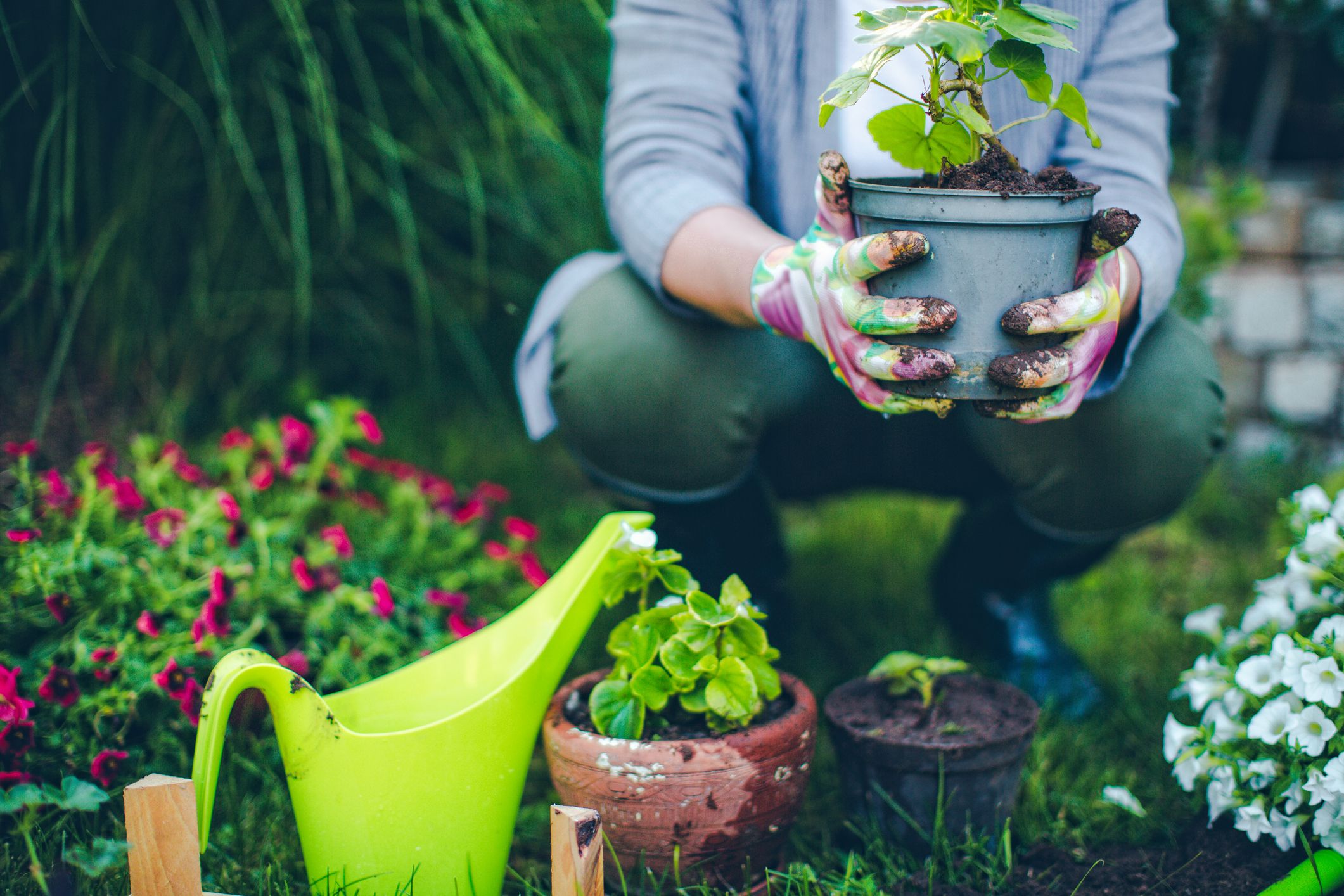Grow Your Skills: Leading Gardening Tips for Beginners to Make Certain Growing Success
Wiki Article
The Ultimate Overview to Horticulture for Beginners: Step-by-Step Tips and Techniques for Expanding a Flourishing Yard
Are you all set to dive into the globe of gardening? Look no additionally than "The Ultimate Guide to Horticulture for Beginners." This step-by-step guide will certainly stroll you through whatever you need to know to grow a flourishing yard. From recognizing your yard room to picking the right plants and preparing the dirt, we've got you covered. Prepare to release your environment-friendly thumb and produce an attractive, flourishing garden.Recognizing Your Garden Room
Recognizing your yard space is necessary for developing a growing garden. This will certainly help you establish which plants will certainly grow in each location. gardening for beginners.Following, examine the soil in your garden. Is it sandy, clay-like, or loamy? Understanding your dirt kind will certainly assist you in picking the right plants and executing appropriate dirt modifications. In addition, take into consideration the drainage of your garden. Is it vulnerable to waterlogging or does it drain quickly? This information will help you make educated choices about watering and plant placement.
Furthermore, focus on any microclimates within your yard. These are tiny areas that might vary in temperature level or wetness levels contrasted to the remainder of your garden. A south-facing wall may maintain warm, developing a warmer microclimate. Utilize these variants to your benefit by growing heat-loving or moisture-loving plants in these areas.
Choosing the Right Plants

Do you favor low-maintenance plants or are you willing to put in additional initiative for high-yield plants? Assume concerning the amount of time, energy, and sources you are willing to invest in your yard.
In addition, take into consideration the room available in your garden. Take measurements and plan the format of your plants. Take into consideration the fully grown dimension of each plant and make certain they have sufficient space to grow without overcrowding each other.
Ultimately, think of the functionality of your plant options. gardening kit for beginners. Will you have the ability to give the necessary care and upkeep for your picked plants? Take into consideration variables such as watering, feeding, pest control, and trimming
Preparing the Soil for Planting
As soon as you have actually selected the right plants for your thriving yard, it's time to dive into the vital task of preparing the soil for growing. Take an example and test its pH levels, as various plants prosper in different pH ranges.
When the dirt is all set, produce furrows or holes for planting. The deepness and spacing will certainly depend on the certain needs of your selected plants, so refer to the seed packets or plant tags for guidance.
As you water, be cautious not to clean away the dirt or damage the delicate plants. With appropriate dirt prep work, your garden will be well-equipped to sustain the growth and success of your plants.
Watering and Fertilizing Strategies
After preparing the soil for growing, it's vital to understand reliable watering and feeding methods to make certain the health and growth of your yard. It's essential to strike a balance when it comes to watering. Overwatering can lead to root rot and various other diseases, while underwatering can cause stunted growth and wilting. The key is to offer enough water to keep the dirt regularly damp however not filled. If your plants require watering is by sticking your finger about an inch right into the soil, one means to gauge. It's time to water if it really feels completely dry. When watering, purpose for the base of the plants, as moistening the fallen leaves can urge conditions. When it comes to feeding, it's important to give your plants the nutrients they require to prosper. Organic fertilizers, such as garden compost or well-rotted manure, are superb options as they supply a sluggish release of nutrients. It's best to use fertilizers in early springtime or late loss, adhering to the guidelines on the package. Keep in mind to sprinkle your plants after feeding to aid the nutrients get to the roots. By mastering these watering and fertilizing strategies, you'll be well on your means to a growing yard.Maintaining a Healthy Yard
To keep a healthy garden, you should on a regular basis check your plants for signs of pests or conditions. By doing this, you can catch any issues early and take the needed steps to avoid them from triggering and spreading damages to your entire garden. Seek any type of unusual places on fallen leaves, wilting or yellowing foliage, or openings in the fallen leaves, as these could be indicators of bugs or diseases. If you notice any one of these signs, it is important to take prompt action.Another technique is to encourage valuable pests like lacewings and ladybugs, which feed on yard pests. Planting flowers such as sunflowers, daisies, and marigolds will bring in these valuable insects to your yard.
In addition to parasites, illness can additionally influence your plants. Appropriate spacing between plants and great air circulation can likewise assist protect against the spread of diseases.
Conclusion
By recognizing your yard area, choosing the right plants, preparing the soil, and carrying out correct watering and feeding strategies, you can produce a growing garden. With patience and dedication, you'll quickly be delighting in the beauty and bounty of your own flourishing yard.Make use of these variants to your benefit by growing heat-loving or moisture-loving plants in these areas.

Report this wiki page